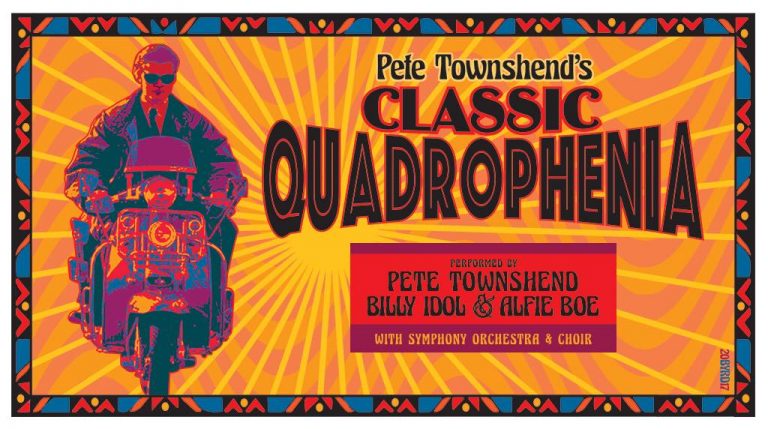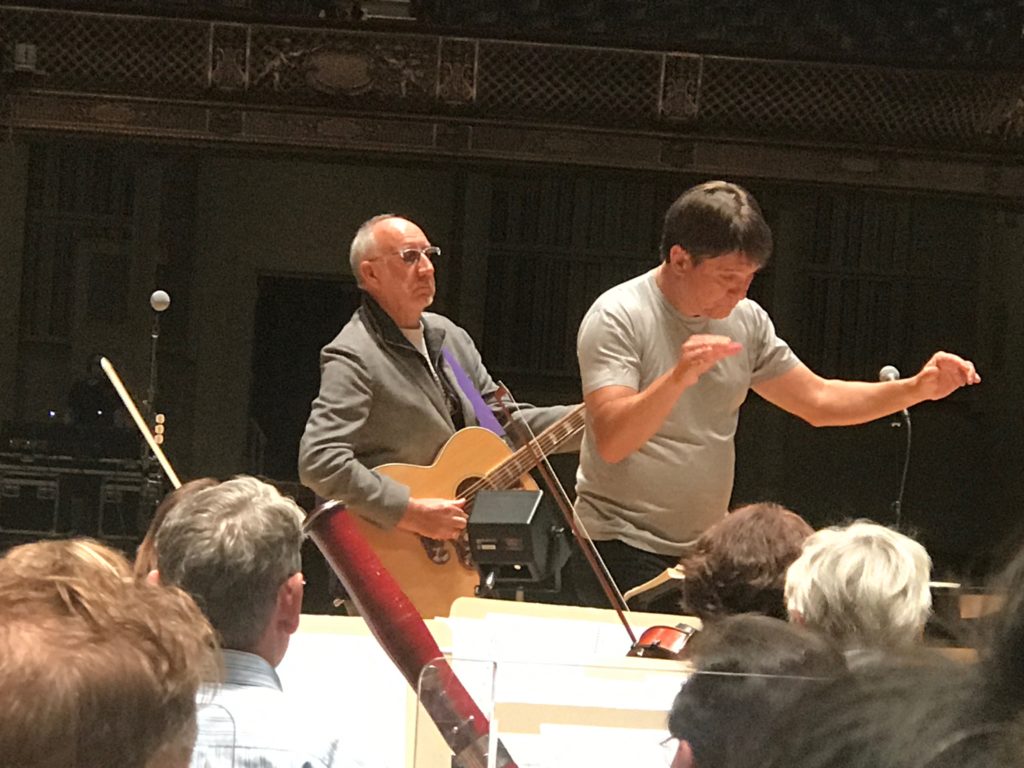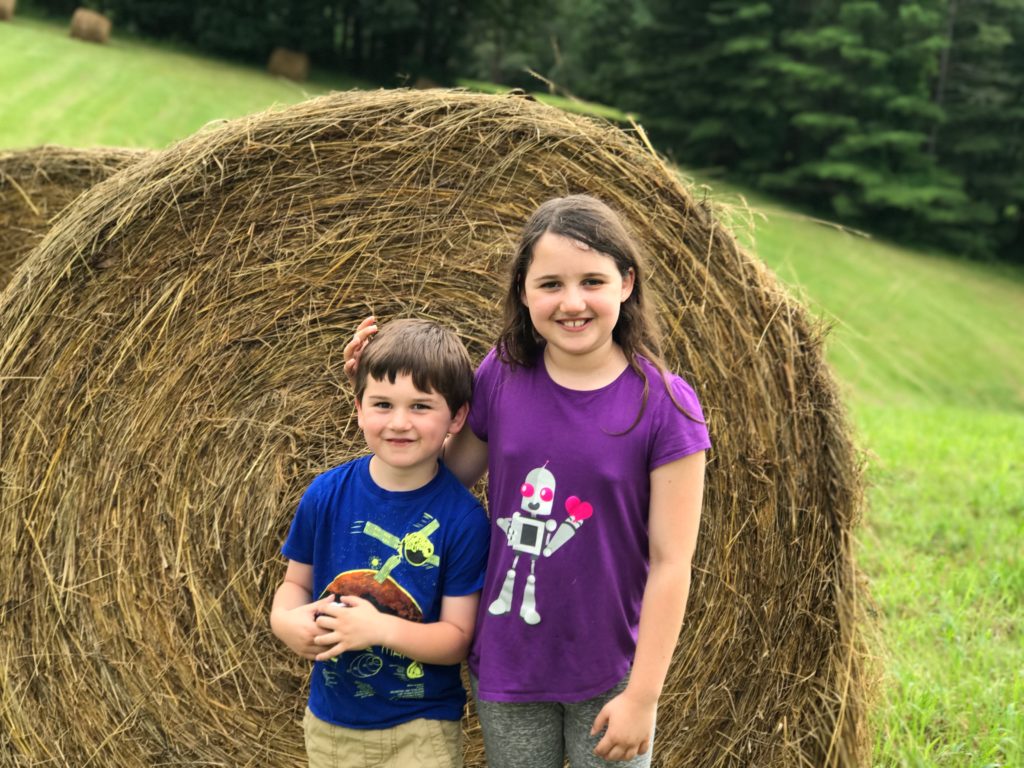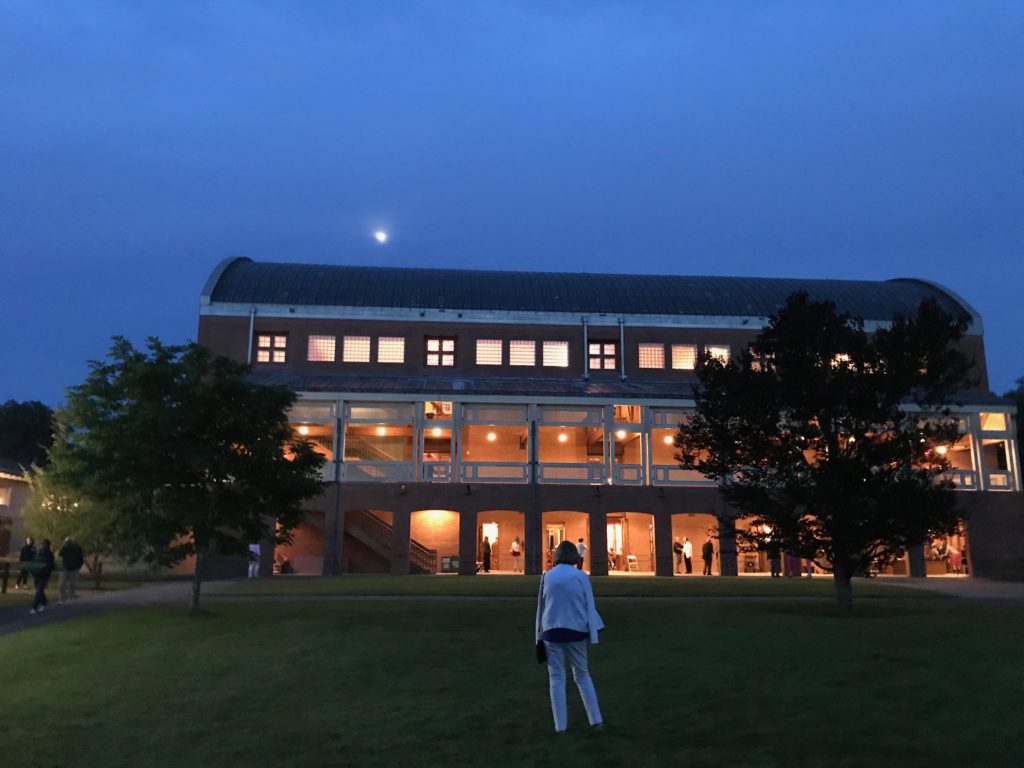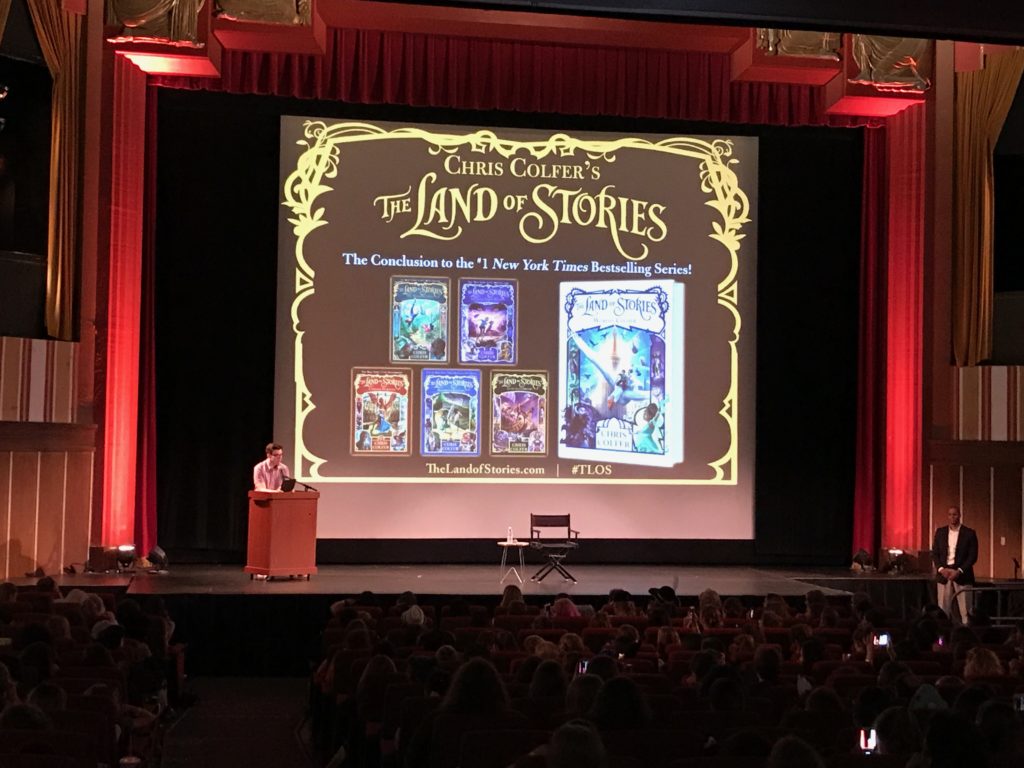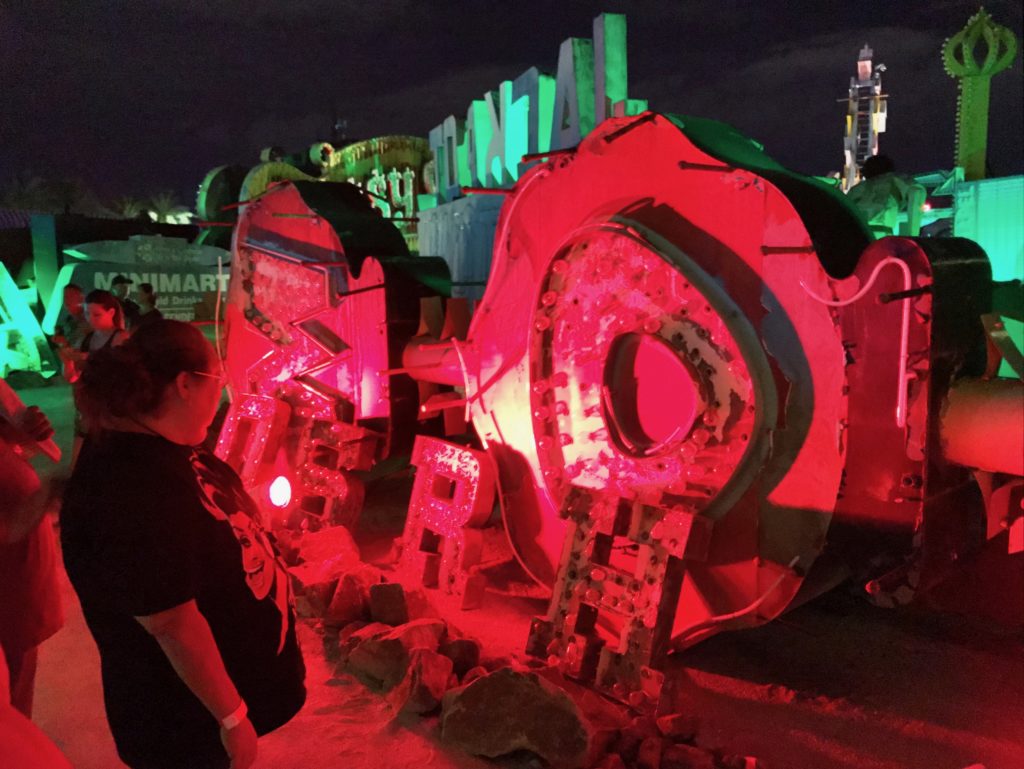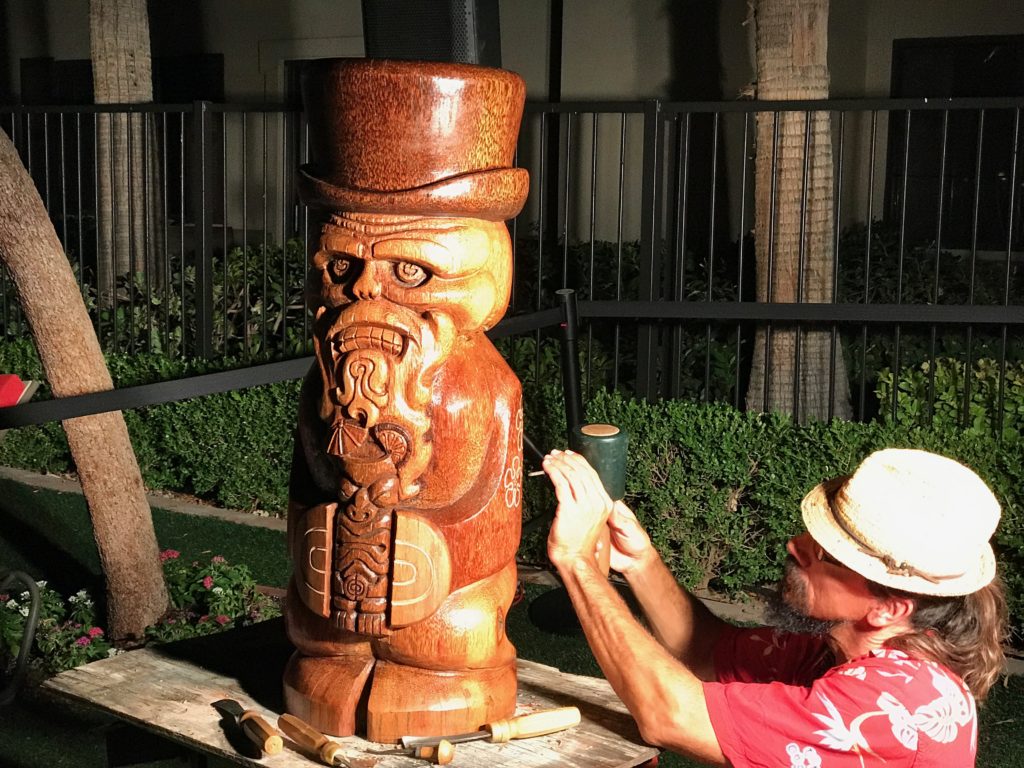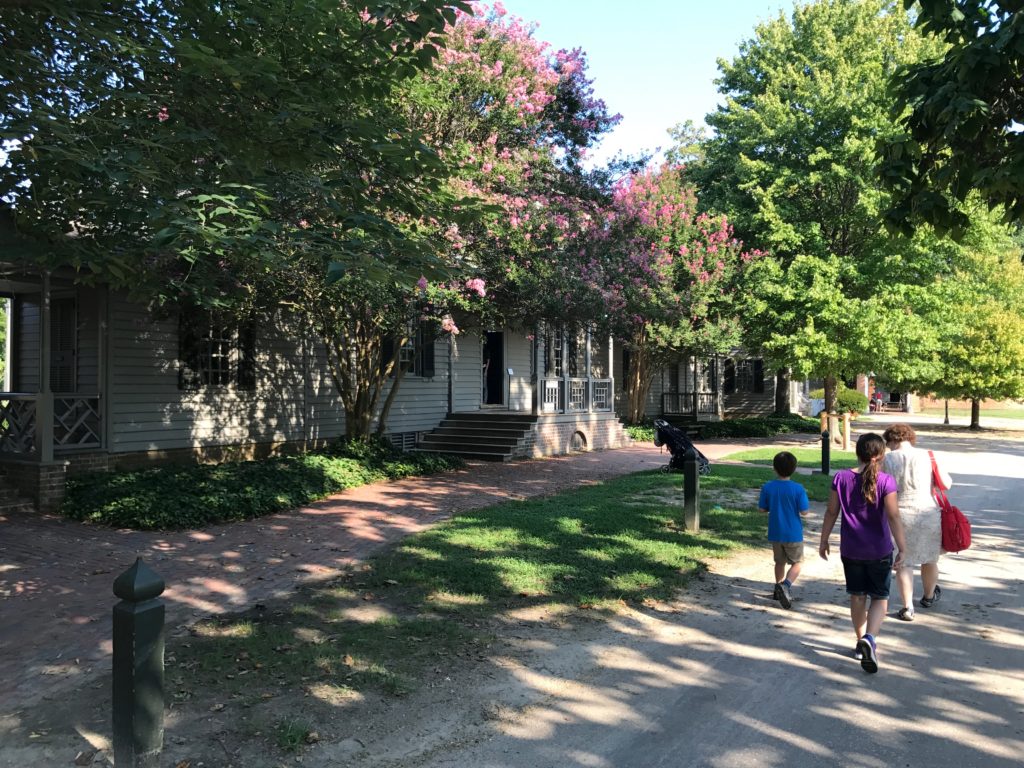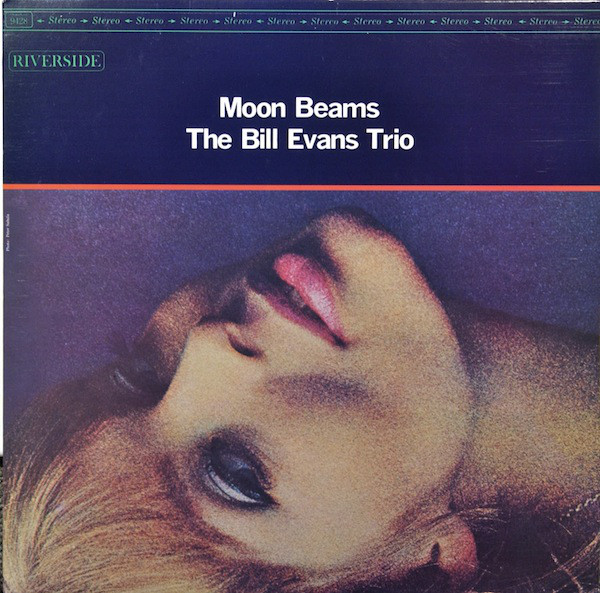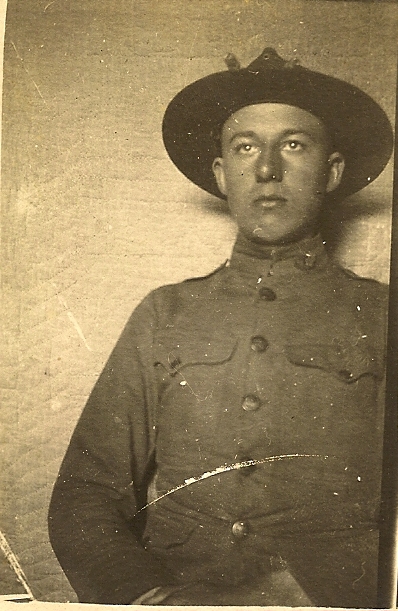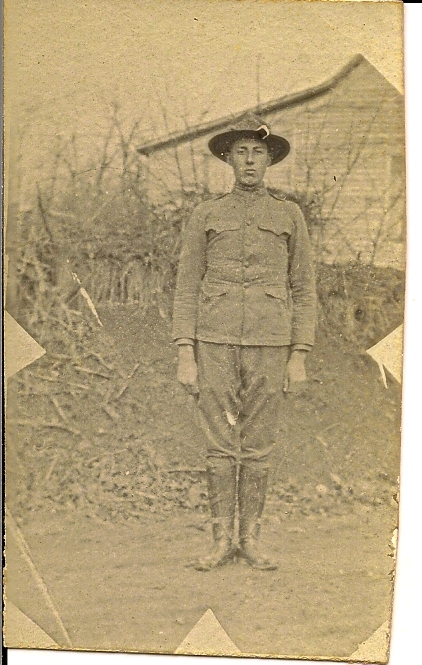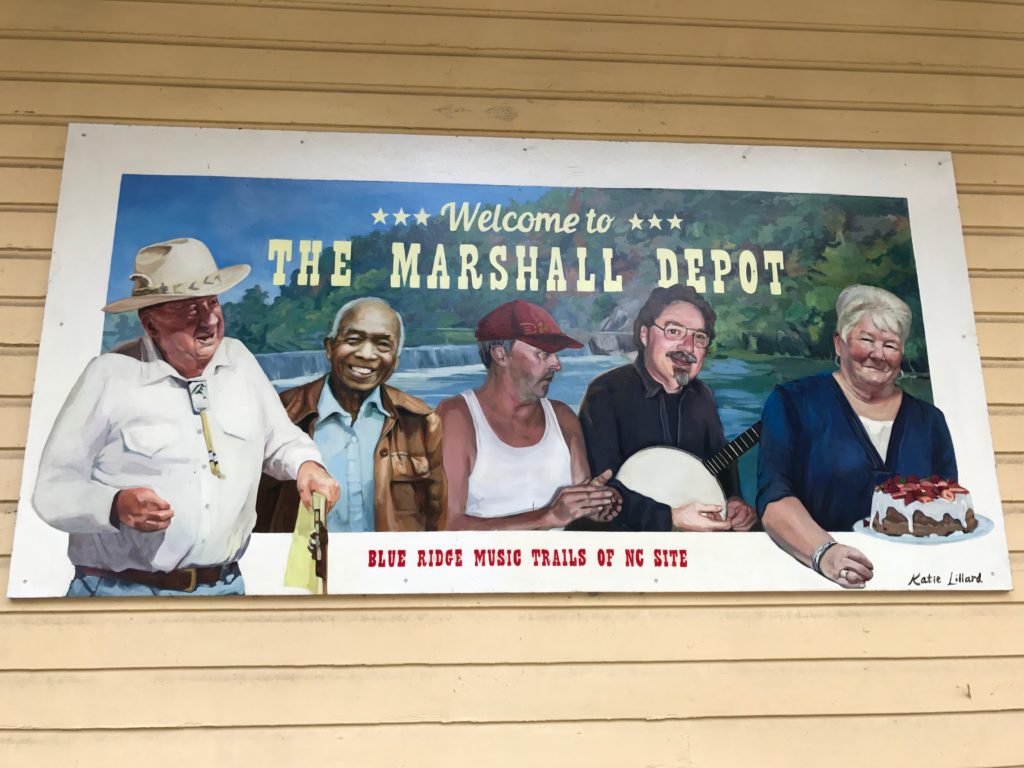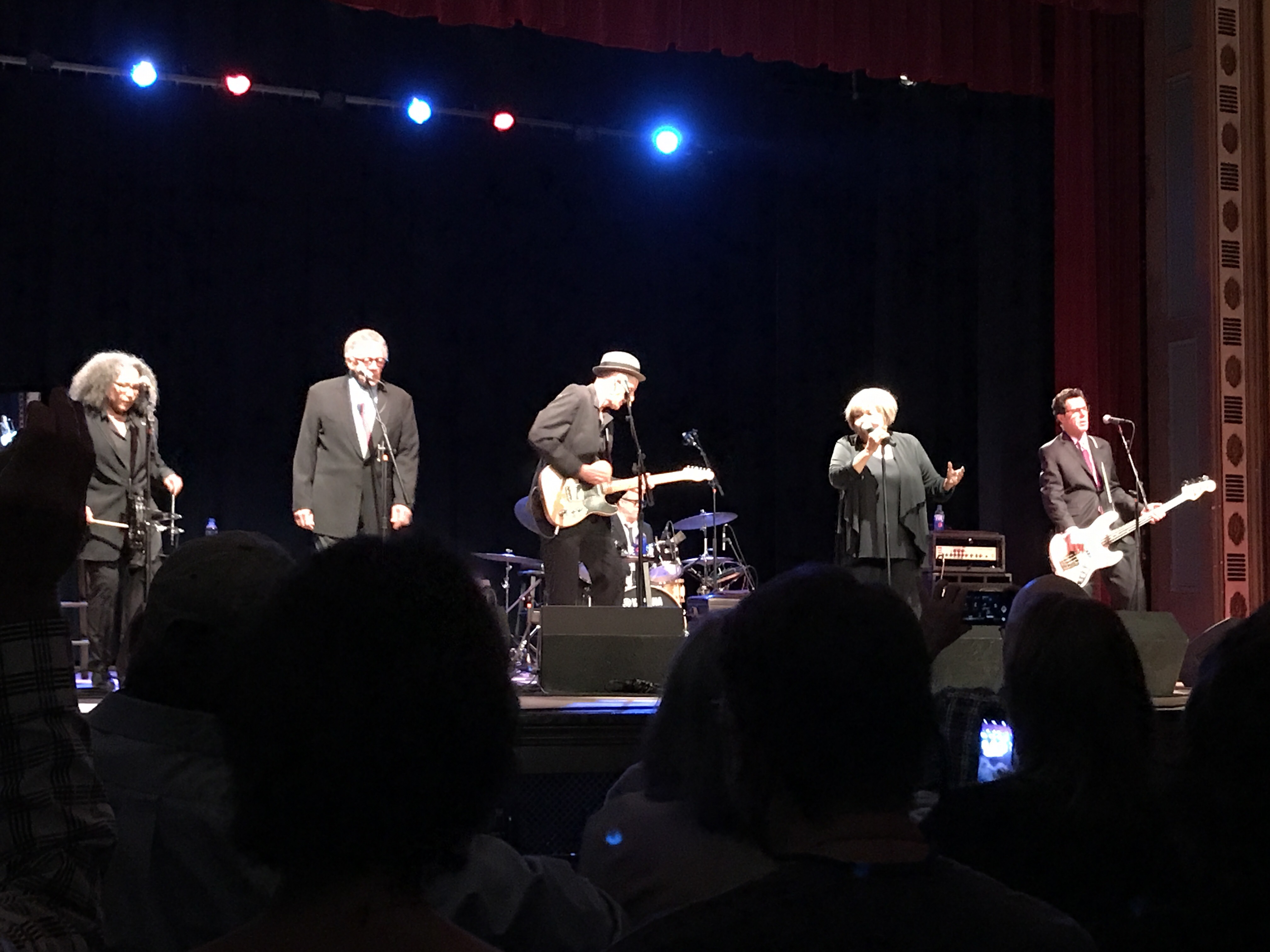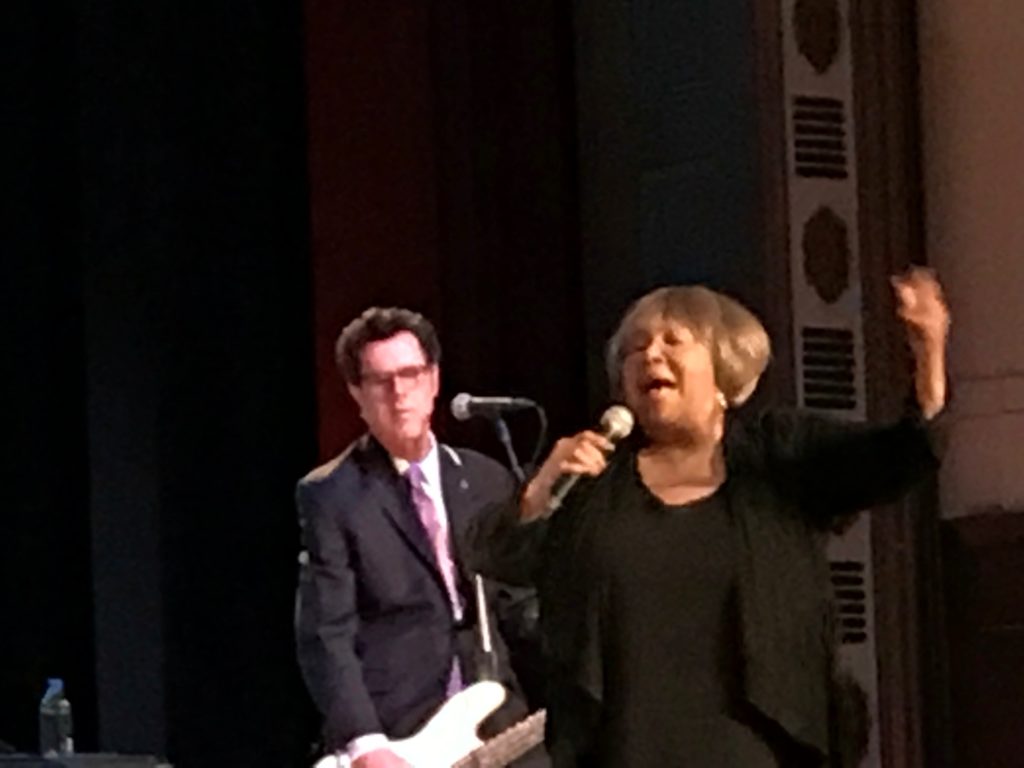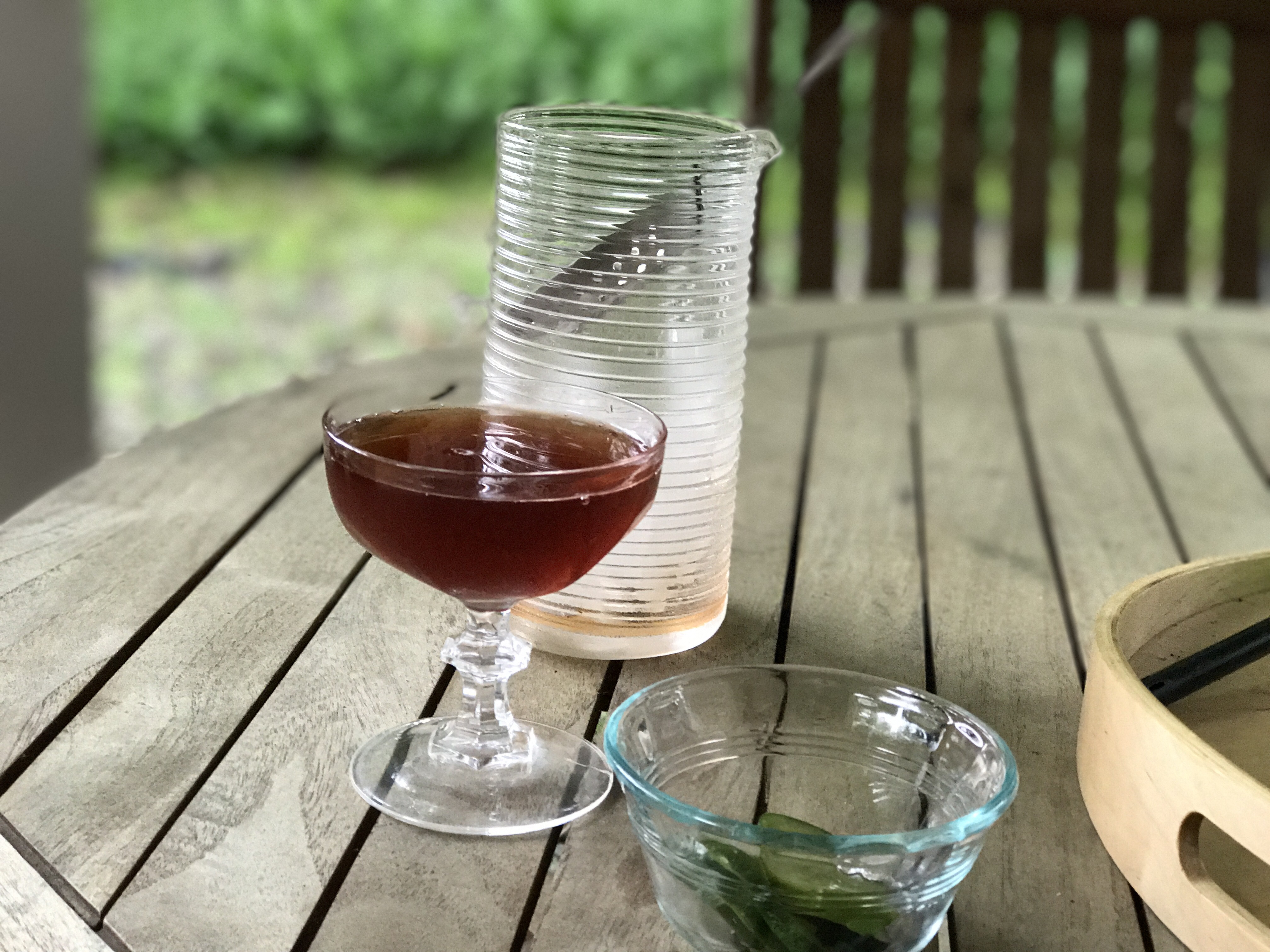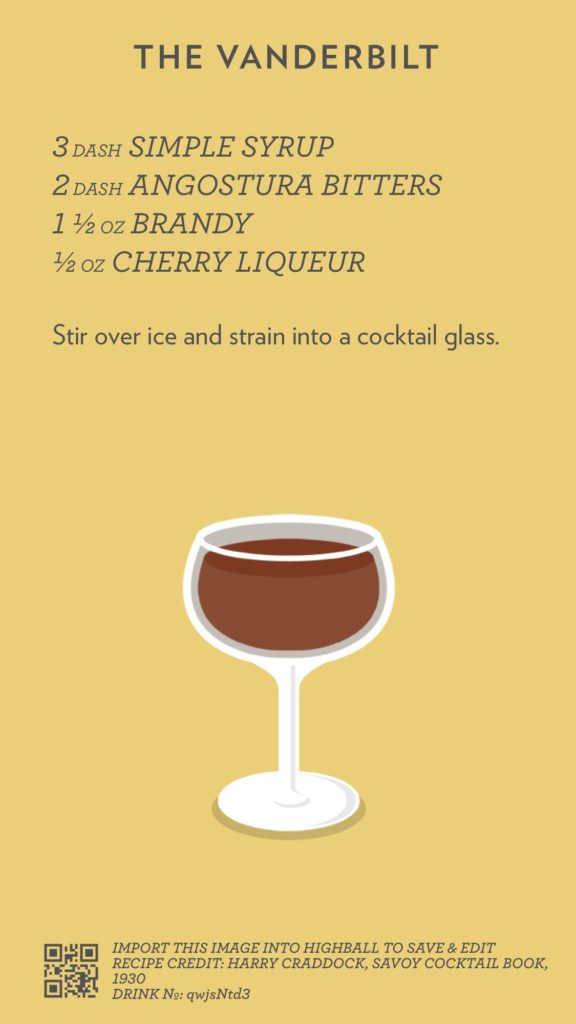Work bought me a new MacBook Pro at the beginning of the year. Because I’ve grown to value portability over the years, I asked for a 13″ model. Because I have a reputation as a geek, they got me the new model with the Touch Bar.
It’s been mostly great, but starting mid-summer there have been a series of odd things that have been extremely frustrating. At this point I’ve resolved all but one of them, so I thought I’d write it up.
Crashing while asleep: This one isn’t Apple’s fault. We use a corporate endpoint protection system that … has challenges keeping up with new OS versions, and sometimes causes things to really misbehave. For instance, it’s been causing our MacBooks to crash when attempting to wake from sleep. And that went on for about a year. They finally issued a compatibility patch that fixed the issue, but the (sometimes daily) crashes appear to have taken a toll on the system. For instance…
FaceTime and Messages problems: After every crash, I’d have to sign back into iCloud and re-log in to my Google profile on Chrome. A hassle, but doable. But after one crash and re-login, I noticed I couldn’t log into Messages: it gave me the message “An error occurred during authentication.” FaceTime had the same problem. I ended up calling Apple support, and their Tier 2 advised that it was likely a corrupt keychain. He suggested that I delete the login keychain and then recreate it. I decided that before I did that, I’d move all my local passwords to the iCloud keychain for safety. Which took a while, because I had to enter my password for every password entry it moved.
Then I took the plunge and deleted the keychain. The OS, thankfully, tried to recreate the keychain… and failed. Now I had a primary login account with no keychain, which is not a happy state. Logging into iCloud just gave me error messages when it tried to save things to the nonexistent keychain. Fortunately, after logging back in, I could recreate the keychain, log into iCloud, and finally get logged into FaceTime and Messages.
Touch ID. After these shenanigans, my fingerprints started to be unrecognized for login. So I deleted the fingerprint records in System Preferences and re-created them. But login was still failing. This one was easy to fix; I just logged out and logged back in, and my fingerprints started being recognized again.
iCloud Keychain. That brings us to the part that still isn’t working. All those passwords that I moved to my iCloud Keychain are there, because I can see them on other devices—but even after I’ve turned it off and back on, they aren’t syncing back to my Mac. Nor are any of the other passwords or secure notes I’ve stored there. Apparently one fix path is to turn off iCloud Keychain syncing on all my Macs and then turn it back on, the prospect of which fills me with a certain amount of dread. But we’ll give it a go, after I figure out how to back up the passwords, and we’ll see what happens. Look for an update soon.

